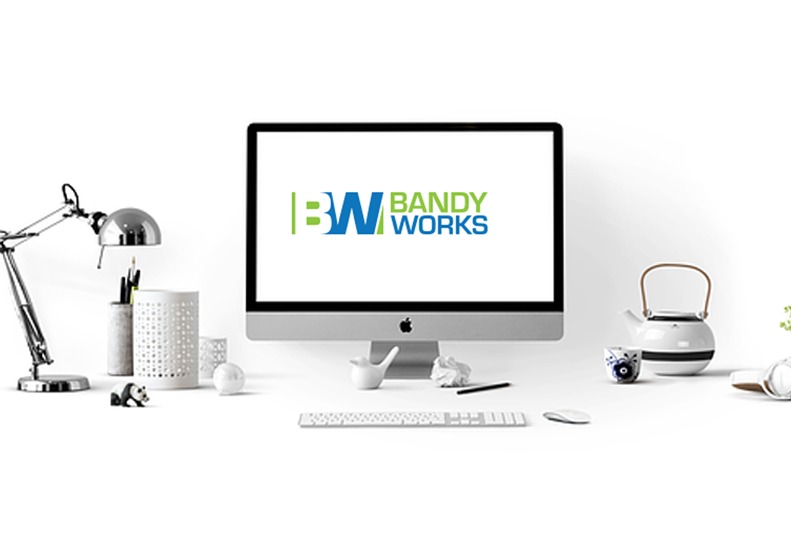
May 11, 2016
Don’t let c-store performance problems surprise. Everyone knows that work has surprises and work has problems. The trick is to do what you can to make sure those problems are not surprises. If you are looking at your c-store performance on a monthly basis, you may be well aware of that wisdom.
Finding the problem is important. Having KPI’s to show the problems early, is one way to find them. It is important to test and confirm that a measurement occurs with good or bad results. Once you have a KPI, using that daily, show problems early. KPI’s work well if:
- They are easy to find
- They are easy to understand
Bing defines KPI as follows:
DEFINITION: key per·for·mance in·di·ca·tor. NOUN
1.a quantifiable measure used to evaluate the success of an organization, employee, etc., in meeting objectives for performance: “key performance indicators show big improvements and delivery times have been reduced”
Surprises with C-Store Performance Results
‘Delivery times have been reduced’ is written in the past tense. KPI delivery is important. The sooner the better. KPI’s should be an ongoing measurement, especially if is KPI that is measuring an activity or goal that impacts income. For example, “Beer sales are up 19% daily compared to last week…”
A constant watch is an effective and objective method to stop problems as they start. It is important to stop “revenue bleed” and shrinkage. C-stores lose money when problems fester. Obviously, fixing losses sooner finds this money. For a C-Store company, that would be monitoring store activity that effects the customer’s buying decisions. It can also be due to not shopping your vendors for best products or hiring employees who think they deserve a $20 a week raise by taking money out of your register. By tracking KPI’s you control the bleed. People may steal and stores may not perform well, but when monitoring not for long.
Finding Problems Early
Due to time and resource constraints, companies will typically wait for measurement results based on monthly financials as opposed to controlling them daily, and this is the difference between monitoring and reporting. With a constant check on performance, you have a much better chance of improving C-Store Performance. You can find and stop problems as they start. Don’t let c-store performance problems surprise. First, see opportunities as they happen. Any problem can be fixed. Find them daily and fixt them. Obviously, you can certainly eliminate those bad surprises at the end of the month, if you start early.
